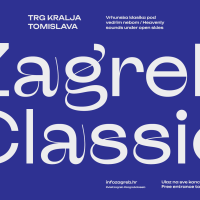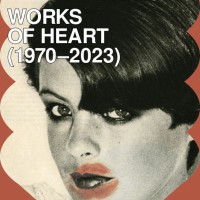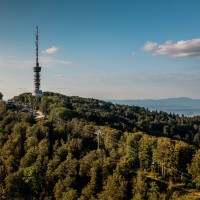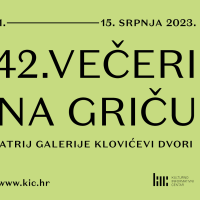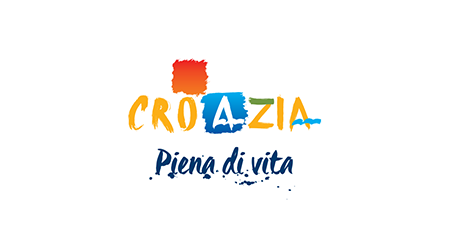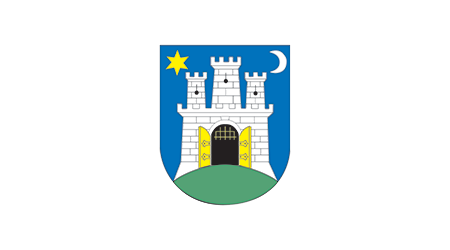“Socialism and Modernity: Art, Culture, Politics 1950-1974”
Do you know why the period of socialism in Croatia was considered modern and why in the 60s of last century Zagreb was one of the most interesting centres of modern art in Europe? The answers to these and similar questions can be found at the new exhibition at the Museum of Contemporary Art “Socialism and Modernity: Art, Culture, Politics 1950-1974” which you can see until 5th February 2012.

Some three hundred interesting exhibits representing what was considered modern in Croatia and the then Yugoslavia during the period from the 50s to the 70s of last century are the backbone of the new exhibition at the Museum of Contemporary Art in Zagreb which can be seen from 2nd December to 5th February 2012.
Under the title “Socialism and Modernity: Art, Culture, Politics 1950-1974” the exhibition was conceived to provide answers to the questions as to what influenced the then modernist views in Croatia and what made Zagreb the most interesting centre of modern art in Central and Southeast Europe in the 60s. The broad spectrum of the exhibits have been borrowed from some 30 Croatian museums and galleries and represent the most important spheres of life, art, culture and politics of the time. The visitors will certainly be delighted to see the seemingly little things such as a pony bicycle, illustrated children's encyclopaedias and documentary material on the neglected and almost forgotten highlights of modern architecture.
The authors did not approach the project only to satisfy their wish for merely presenting objects, but rather to place the popular culture of the time into a broader geopolitical setting of Europe which was under the extremely strong influence of global Cold War politics. However, although the political division of the world exerted a similar influence on many European states, including the then socialist Croatia, the local social order and wish to gain prominence in the modern world left a specific mark, and not only on the country itself, but it was also reflected on the international level. Indeed, during those years Zagreb exuded a truly cosmopolitan atmosphere; it was this particular characteristic that defined the image of the city and the culturological movements as parts of the process of modernization at home and within the European setting.
The exhibition will be complemented by numerous public panels, talks, lectures and workshops. The exhibition has been organized as a joint project by the Museum of Contemporary Art and the Institute for Art History, and it is financially supported by the City Office for Culture, Education, and Sports and the Ministry of Culture of the Republic of Croatia.
Published: 01.12.2011
 Hrvatski
Hrvatski English
English Deutsch
Deutsch Spanish
Spanish French
French Italian
Italian Russian
Russian Korean
Korean Japanese
Japanese Chinese
Chinese
